Introduction to How to Drink Sake
Discovering the Art of Sake Drinking
Sake is not just an alcoholic drink; it is a cultural experience that goes beyond taste. Sake education courses provide an opportunity to dive into the world of this wonderful Japanese rice wine and understand its complexities. Whether you are a seasoned sake connoisseur or a curious beginner, these courses can help expand your knowledge and appreciation of this niche beverage.
At the Sake School of America, our aim is to provide the best sake education courses that will enrich your life, career,
and social interactions. Through these courses, you can immerse yourself in the nuances of sake, exploring the different flavors, brewing methods, and pairing techniques. By learning about the ingredients, brewing techniques, and history of sake, you can elevate your sake-drinking experience to a whole new level.
The History and Significance of Sake
Sake has a rich history dating back thousands of years in Japan. It holds a significant place in Japanese culture and traditions. Understanding the history behind sake can deepen your appreciation for this beverage.
In ancient Japan, sake was considered a ceremonial drink and was closely associated with Shinto religious rituals. Over time, it evolved into a popular beverage enjoyed by people from all walks of life. The brewing process itself is an art form, with brewers using traditional methods that have been passed down through generations.
Sake is made from rice, water, yeast, and a special mold called koji. The quality of these ingredients and the brewing process contribute to the diverse range of flavors found in sake. From crisp and light to rich and full-bodied, the flavors and aromas of sake can be explored and enjoyed through sake education courses.
Understanding the history and significance of sake adds depth to your sake-drinking experience. By gaining knowledge about the cultural context in which sake is produced and consumed, you can develop a deeper appreciation for this unique beverage.
Taking a sake education course can be a transformative experience. It allows you to explore the world of sake, discover new flavors, and enhance your understanding of this traditional Japanese drink. Whether you are a sake enthusiast or simply curious about the intricacies of sake, these courses provide a valuable opportunity to expand your knowledge and appreciation for this ancient beverage.
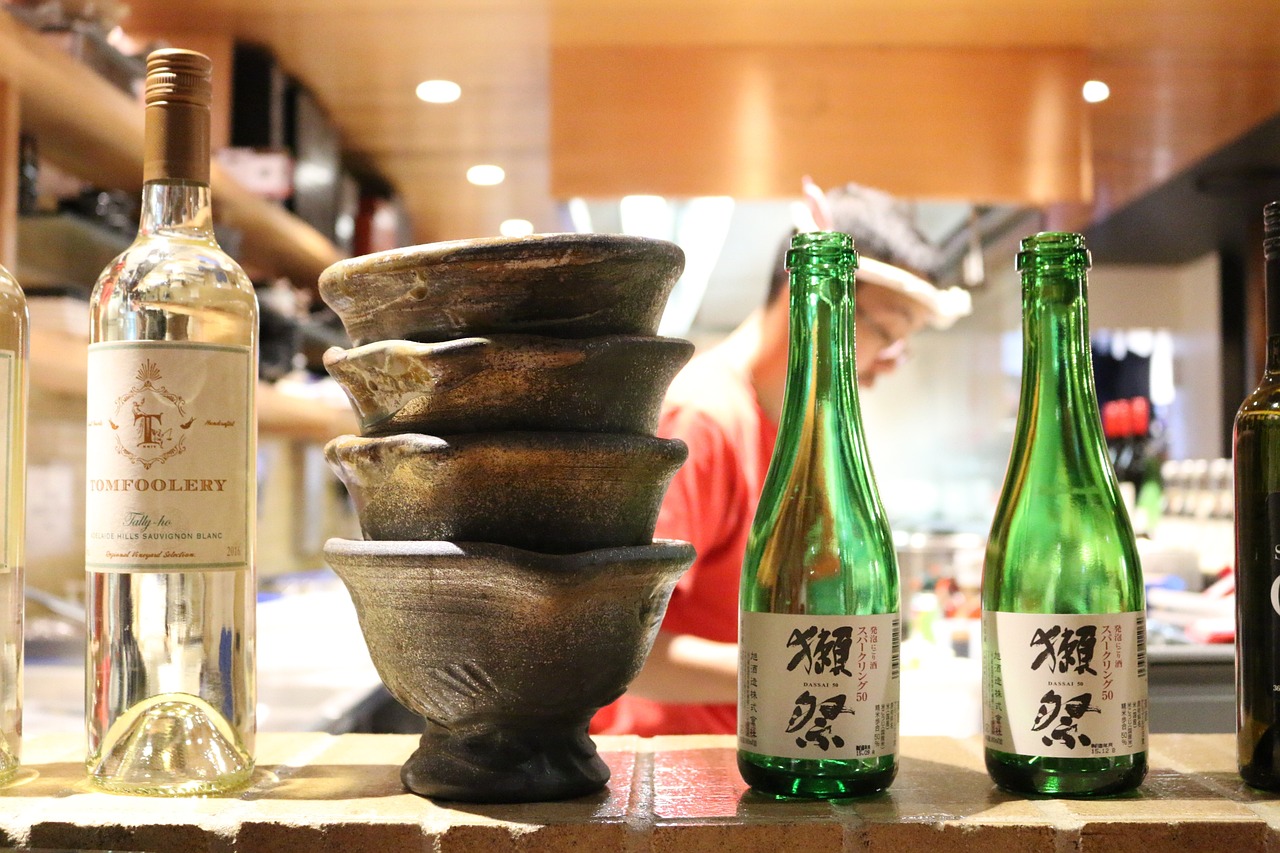
Sake Tasting Basics
Understanding Different Sake Varieties
When it comes to sake tasting, it’s important to have a basic understanding of the different varieties available. Sake can vary in terms of the type of rice used, where it was produced, and the degree to which the rice has been polished. Here are some key factors to consider:
- Type of rice: Sake can be made from different types of rice, each contributing to a unique flavor profile. Some common varieties include Yamada Nishiki, Gohyakumangoku, and Miyama Nishiki.
- Production region: Sake can be classified based on the region in which it was produced. Each region has its own distinctive characteristics, influenced by factors such as climate and water source.
- Polishing ratio: Sake rice grains are polished to remove the outer layers, resulting in a higher quality product. The polishing ratio indicates the percentage of grain remaining after polishing, with a lower ratio indicating a higher quality sake.
- Brewing process: The brewing process can also impact the flavor and aroma of sake. Different techniques are used to produce sake, such as the use of different yeasts or fermentation temperatures.
Sake Grading and Quality Levels
Sake is graded based on its quality, with different levels indicating the brewing techniques, ingredients, and overall flavor profile. Here are some common grading terms you may come across:
| Grade | Description |
|---|---|
| Junmai | Sake made using only rice, water, yeast, and koji mold. It is typically full-bodied with a rich flavor. |
| Ginjo | Sake made with rice that has been polished to at least 60% of its original size. It is known for its fruity and floral aromas. |
| Daiginjo | Sake made with rice that has been polished to at least 50% of its original size. It is considered the highest grade sake, often characterized by complex flavors and a smooth finish. |
| Honjozo | Sake made with a small amount of distilled alcohol. It has a lighter flavor and aroma compared to Junmai sake. |
Understanding the grading and quality levels can help you navigate the world of sake tasting and make informed choices based on your preferences.
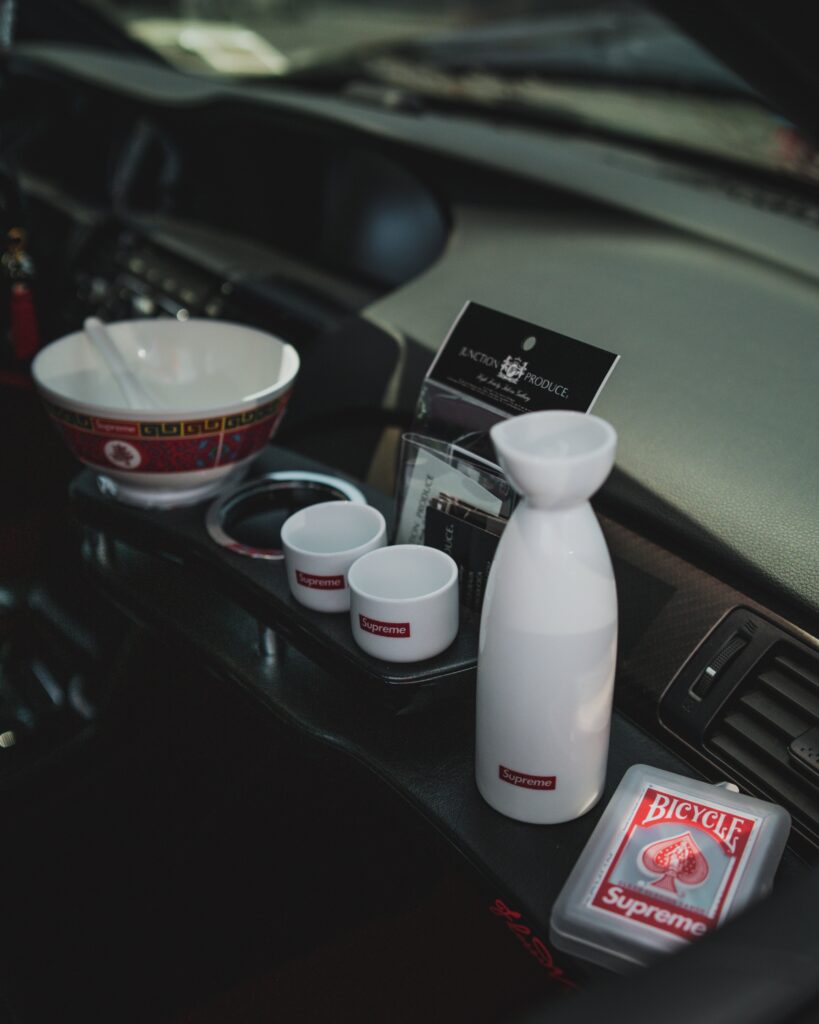
The Serving Ritual
Choosing the Right Sake Vessel
When it comes to serving sake, the vessel you choose can enhance the overall drinking experience. Here are some options to consider:
- Sake Cups: Traditional ceramic or porcelain cups are commonly used for sake. The size and shape of the cup can affect the aroma and taste of the sake.
- Sake Bottles & Decanters: Sake bottles and decanters are often used for pouring and serving sake. They can be made of glass or ceramic and are designed to highlight the clarity and color of the sake.
- Sake Sets: Sake sets typically include a tokkuri (sake flask) and small cups, making them ideal for sharing sake with friends or loved ones.
Choose a sake vessel that suits your preference and enjoy the unique experience it brings to your sake-drinking ritual.
Proper Sake Temperature and Storage
The temperature at which sake is served can greatly impact its flavor profile. Here are some general guidelines:
| Sake Type | Ideal Temperature |
|---|---|
| Hot Sake (Atsukan) | 40-50°C (104-122°F) |
| Warm Sake (Nurukan) | 35-40°C (95-104°F) |
| Room Temperature Sake (Hiya) | 15-20°C (59-68°F) |
| Cold Sake (Reishu) | 5-10°C (41-50°F) |
| Ice-cold Sake (Hiyarizake) | 0-5°C (32-41°F) |
It’s important to store sake properly to maintain its quality. Keep sake bottles in a cool, dark place, away from direct sunlight and heat sources. Once opened, store sake in the refrigerator and consume it within a few days for optimal freshness.
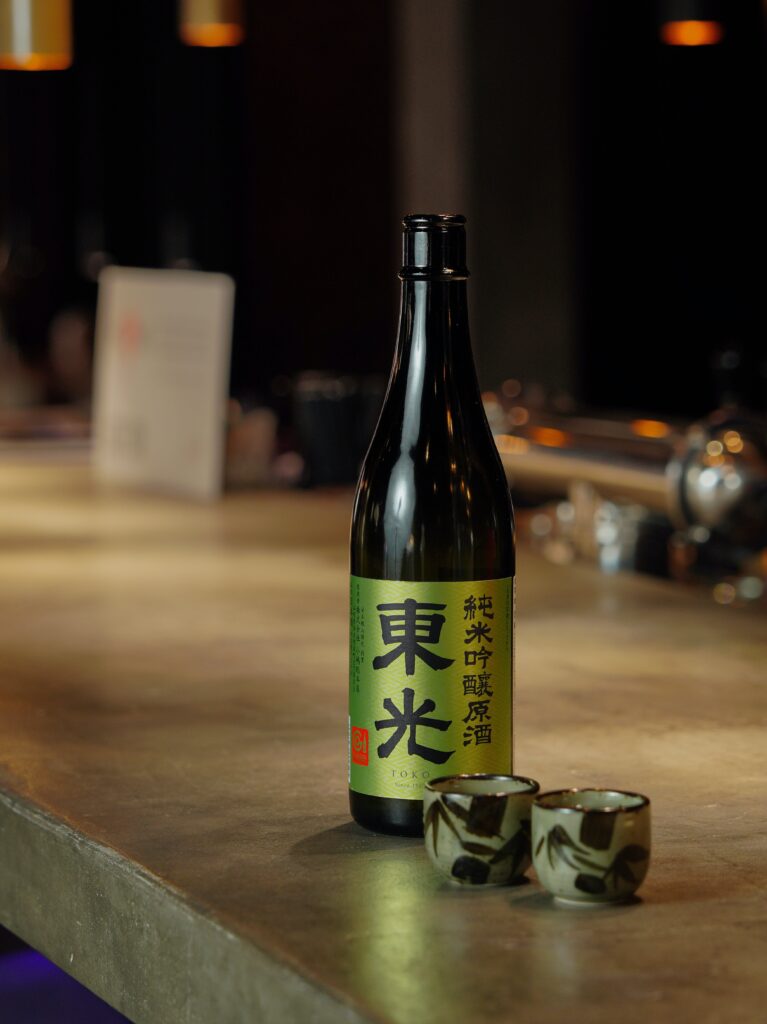
Appreciating Sake Flavors
Taking a Moment to Inhale
Before taking your first sip, it is important to pause and appreciate the aroma of the sake. By inhaling the scent of the sake, you can identify the subtle notes and fragrances that contribute to its overall character. This step is crucial in fully experiencing the flavors that await you.
Identifying Taste Profiles in Sake
Sake offers a wide range of taste profiles, and developing your palate can be a delightful journey. Here are some common flavors you may encounter while tasting sake:
- Fruity: Some sakes have fruity notes, which can range from delicate citrus flavors to tropical fruits like pineapple or melon. These sakes often have a refreshing and vibrant taste.
- Earthy: Other sakes may have earthy undertones, reminiscent of mushrooms or nuts. These sakes tend to have a richer and more savory flavor profile.
- Umami: Many premium sakes exhibit umami flavors, similar to those found in savory ingredients like soy sauce or mushrooms. These sakes are often described as having a deep and satisfying taste.
- Sweet: Some sakes can be on the sweeter side, boasting flavors of honey, caramel, or even dessert-like notes. These sakes are perfect for those with a preference for sweeter beverages.
- Dry: On the opposite end of the spectrum, dry sakes have a crisp and clean taste, often lacking sweetness. These sakes are popular among those who enjoy a more subdued flavor profile.
Exploring the different taste profiles in sake can be a rewarding experience. Take the time to appreciate the nuances and complexities each sake offers, and you may uncover new favorites along the way.
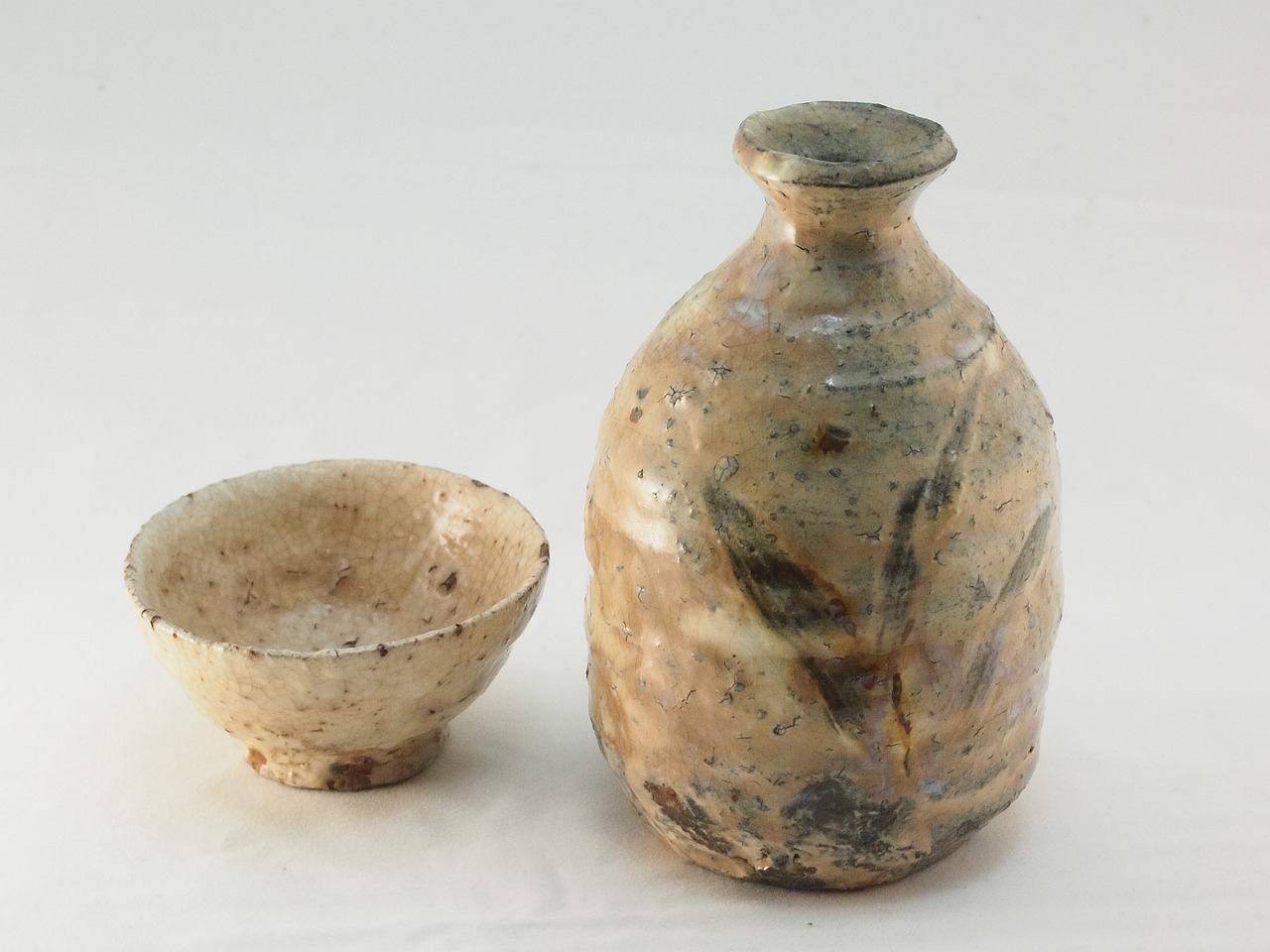
Pairing Sake with Food
Sake and Sushi: A Perfect Match
Sushi and sake are a classic pairing that complement each other beautifully. The clean and refined flavors of sake enhance the delicate taste of sushi, creating a harmonious dining experience. Here are some tips for pairing sake with sushi:
- For light and subtle sushi rolls, such as cucumber or avocado rolls, opt for a crisp and dry sake. This will cleanse your palate between each bite and allow the flavors of the sushi to shine through.
- If you’re enjoying rich and fatty sushi, like salmon or tuna rolls, go for a sake with higher acidity. The acidity will cut through the richness of the fish and create a balance of flavors.
- Sake and nigiri sushi are also a match made in heaven. The simple yet elegant combination of fish, rice, and a touch of wasabi is beautifully enhanced by the delicate flavors of sake.

Exploring Flavor Combinations
Pairing sake with other Japanese dishes can also be a delightful adventure. Consider these flavor combinations to elevate your dining experience:
- Yakitori (grilled skewers) and sake: The smoky and savory flavors of yakitori are enhanced by the umami notes of sake. Try pairing a dry or fruity sake with chicken, pork, or beef skewers.
- Tempura and sake: The light and crispy batter of tempura pairs well with a clean and dry sake. The sake’s subtle sweetness will complement the delicate flavors of the tempura without overpowering them.
- Miso soup and sake: The earthy and savory flavors of miso soup are beautifully balanced by a sake with a rich umami profile. Look for sakes with mushroom or nutty undertones to enhance the flavors of the soup.
- Matcha desserts and sake: Matcha-flavored desserts, such as green tea cake or ice cream, can be surprisingly delightful when paired with a sweet and fruity sake. The combination of earthy matcha and the sweetness of the sake creates a unique harmony of flavors.
Remember, the world of sake and food pairing is vast and there are no hard rules. Use your taste preferences as a guide and feel free to experiment with different styles of sake and dishes. The goal is to create a balance and enhance the flavors of both the sake and the food, creating a remarkable culinary experience.
Sake Drinking Etiquette
Cultural Practices and Customs
Sake, the traditional Japanese rice wine, holds a significant place in Japanese culture. When partaking in this ancient art of sake drinking, it is essential to adhere to certain customs and etiquettes. Here are some key points to keep in mind:
- Sake etiquette varies depending on the formality of the occasion. In more formal settings, such as traditional ceremonies or business dinners, the etiquette is more stringent.
- When pouring sake for others, it is considered impolite to pour your own sake. Instead, pour for others, and they will reciprocate the gesture.
- The act of pouring sake and receiving it with both hands signifies respect and shows appreciation for the beverage.
- Unlike beer or other alcoholic beverages, sake should not be chugged. It is meant to be sipped slowly and savored, allowing the flavors to unfold on your palate.
- Leaving a small amount of sake in your cup is a sign of modesty and gratitude towards the host. It shows that you have enjoyed the sake and are content with what has been served.
- It is customary to wait until everyone’s cup is filled before taking the first sip. This practice promotes unity and togetherness during the drinking experience.
Respecting the Brewing Process
The brewing process of sake is an intricate and time-consuming craft that should be respected. Understanding and acknowledging the hard work that goes into producing sake adds to the appreciation of the beverage. Here are a few ways to show respect for the brewing process:
- Avoid asking for sake by name when in Japan. Instead, rely on the recommendations of the host or server. This shows respect for their expertise and ensures that the sake chosen will be enjoyed to its fullest potential.
- Take the time to learn about different sake types and their characteristics. This knowledge will deepen your understanding of the beverage and allow you to make informed choices when selecting sake.
- Experiment with different styles of sake and explore their unique flavors. By trying a variety of sakes, you can develop a discerning palate and appreciate the intricate nuances of each brew.
In conclusion, sake is more than just a drink; it is a significant part of Japanese culture. By following the traditional etiquette and respecting the brewing process, you can fully immerse yourself in the art of sake drinking and gain a deeper appreciation for this ancient beverage.
Sake Brewing Techniques
Sake Brewing Ingredients and Process
Sake is made from fermented rice, but the brewing process involves a series of steps that require precision and attention to detail. Some key elements of the brewing process include:
- Rice Polishing: Sake rice is specially grown and polished to remove impurities and create a pure, starchy core that is essential for fermentation.
- Washing: The polished rice is thoroughly washed to remove any remaining particles and ensure the highest quality of ingredients.
- Steaming: The washed rice is then steamed to release enzymes and make it suitable for the fermentation process.
- Koji Mold: Koji mold, a type of fungus, is added to the steamed rice to initiate the conversion of starches into fermentable sugars.
- Mixing: The koji rice is mixed with yeast and water in a fermentation tank to create the main fermenting mash, known as the moromi.
- Fermentation: The moromi is left to ferment for a specific period, usually around 3-4 weeks, during which the sugars are converted into alcohol.
- Pressing: After fermentation, the moromi is pressed to separate the liquid sake from the solid remains.
- Filtration and Aging: The pressed sake goes through a process of filtration to remove any remaining impurities. Some varieties of sake are then aged for a period, allowing for further flavor development.
Traditional vs. Modern Brewing Methods
While the basic principles of sake brewing have remained unchanged for centuries, modern advancements have introduced new techniques and equipment to enhance the process. Here are some differences between traditional and modern brewing methods:
| Traditional Brewing Methods | Modern Brewing Methods |
|---|---|
| Manual rice polishing using traditional stone mills | Machine polishing for efficient and consistent results |
| Hand-mixed fermentation process | Automated mixing systems for precise control |
| Wooden barrels or tanks for fermentation | Stainless steel tanks for improved hygiene and temperature control |
| Long aging periods with traditional storage methods | Shorter aging periods with controlled temperature and humidity |
Both traditional and modern brewing methods have their own merits, and sake breweries often choose the approach that best suits their desired style and quality. Whether traditional or modern, the dedication and craftsmanship involved in sake brewing continue to create exceptional sake for enthusiasts around the world.
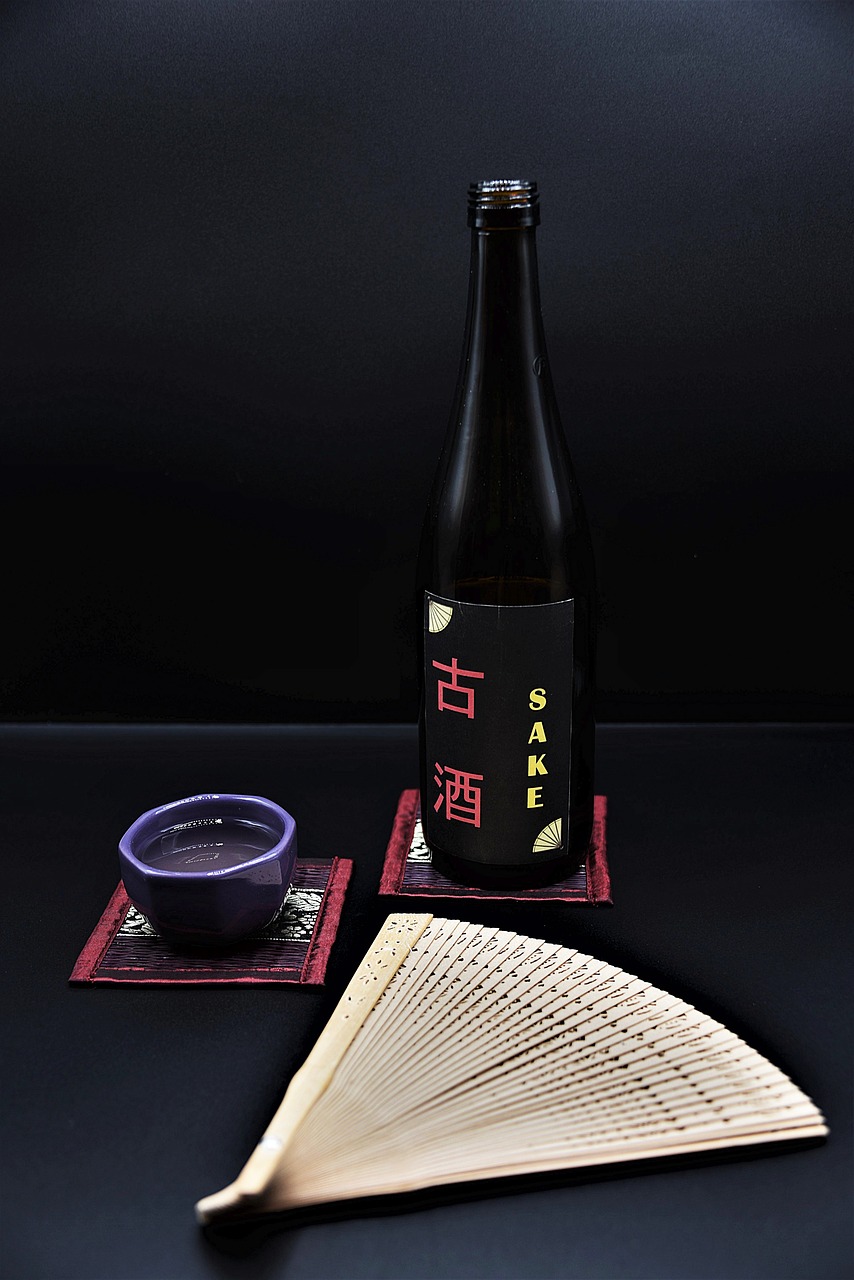
Sake Distinction and Terroir
Regional Differences in Sake Production
Sake production in Japan is deeply influenced by the region or prefecture in which it is made. Each region has its own unique climate, water source, and rice varieties, which contribute to the distinct characteristics of the sake produced. Here are some examples of regional differences in sake production:
- Niigata Prefecture: Known for producing crisp and clean sake with a subtle sweetness. Niigata benefits from heavy snowfall and cold winters, which create a soft and mineral-rich water source.
- Hiroshima Prefecture: Sake from Hiroshima is known for its full-bodied and rich flavor profile. The region’s warm climate and fertile soil contribute to the production of bold and robust sake.
- Yamagata Prefecture: Yamagata is famous for its high-quality sake made from Yamada Nishiki rice, which is considered one of the best sake rice varieties. Sake from this region is known for its exquisite aroma, depth of flavor, and clean finish.
- Kyoto Prefecture: Kyoto is known for producing sake with elegant and delicate flavors. The region’s abundant supply of soft water and historic brewing techniques create a refined and balanced sake.
Exploring Sake from Different Prefectures
One of the joys of sake exploration is discovering the unique flavors and characteristics of sake from different prefectures. Here are some popular sake prefectures and the distinctive features of their sake:
- Niigata: Crisp, clean, and light-bodied sake with a well-balanced taste.
- Kyoto: Fragrant, elegant, and refined sake with a smooth texture.
- Hiroshima: Rich, full-bodied, and bold sake with a complex flavor profile.
- Yamagata: Aromatic, flavorful, and well-structured sake with a clean finish.
- Ishikawa: Rich and creamy sake with a full-bodied and mellow taste.
As sake enthusiasts continue to explore the world of Japanese craft sake, they can delve into the regional differences and unique expressions of terroir that contribute to the diversity and complexity of this popular beverage. Each sip offers a glimpse into the history, culture, and craftsmanship that make sake a truly remarkable drink.
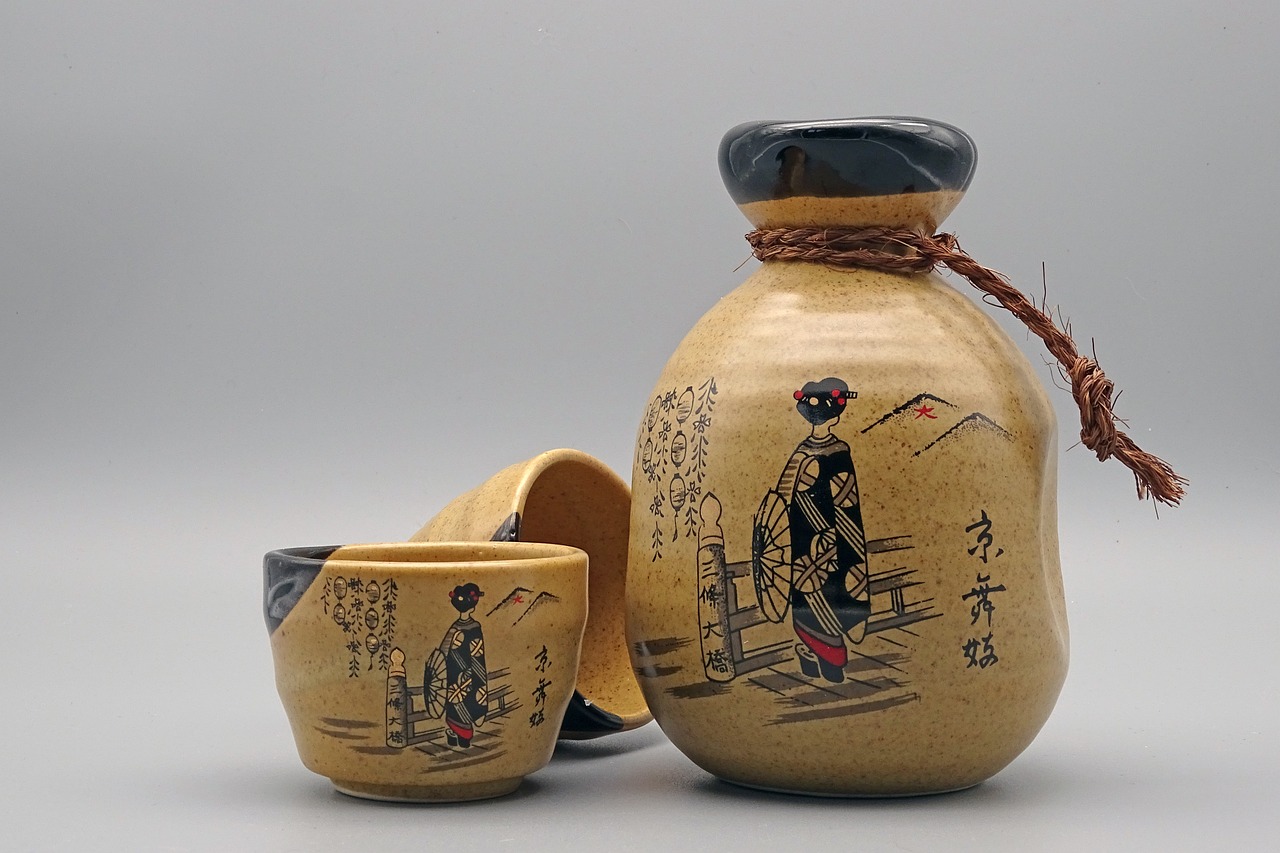
Conclusion
Embracing the Rich Cultural Tradition of Sake
Hailing from a rich cultural heritage that spans centuries, sake is not just a beverage but a gateway to immersing oneself in Japanese tradition. Whether you are a seasoned connoisseur or a curious novice, sake offers something for everyone to discover and enjoy. From the fruity and sweet notes of Ginjo sake to the deep and savory flavors of Junmai, the world of sake is a journey of flavor and cultural exploration.
FAQ: How to Drink Sake: Appreciating the Art of Consuming Japanese Rice Wine
Q: What is sake?
A: Sake is a traditional Japanese alcoholic beverage made from fermented rice. It is often referred to as rice wine, although the production process is more similar to that of beer than wine. Sake has a unique flavor profile and is an integral part of Japanese culture and cuisine.
Q: How should sake be served?
A: Sake is traditionally served in a small porcelain or ceramic cup called a choko or in a wooden box called a masu. However, it can also be served in wine glasses or even shot glasses. Sake should be served chilled, at room temperature, or slightly warmed, depending on personal preference and the type of sake being served.
Q: Are there different types of sake?
A: Yes, there are several types of sake, each with its own characteristics. The main categories include:
- Junmai: Sake made only from rice, water, koji (mold), and yeast.
- Honjozo: Sake with a small amount of distilled alcohol added to the fermentation process.
- Ginjo: Sake made with rice that has been polished to remove at least 40% of the outer layer.
- Daiginjo: Sake made with rice that has been polished to remove at least 50% of the outer layer.
- Nigori: Sake that is unfiltered, resulting in a cloudy appearance.
Q: How should I appreciate the taste of sake?
A: To appreciate the taste of sake, start by observing its appearance, color, and clarity. Swirl it gently to release its aromas, and then take a small sip. Let it linger for a moment on your palate to experience its flavor profile. Sake can range from light and floral to rich and complex, so take your time to savor it.
Q: Can sake be enjoyed with food?
A: Absolutely! Sake is incredibly versatile and pairs well with a wide range of cuisines. In Japan, it is commonly enjoyed with sushi, sashimi, grilled fish, and other traditional dishes. However, it can also be paired with Western dishes such as cheese, roasted meats, and even chocolate. Experiment and find your own favorite food and sake pairing.
Q: How should sake be stored?
A: Sake should be stored in a cool, dark place, away from direct sunlight and heat sources. It is best to store it at a constant temperature to maintain its quality. Once opened, sake should be consumed within a few days to enjoy it at its best.
Q: How should I hold the sake cup?
A: When sipping from an ochoko, hold it gently at the base with your thumb and forefinger while using your other fingers to support the cup’s side.
Q: How should I drink sake?
A: Take small sips to appreciate its complex flavors. Sake is often enjoyed slowly, and it’s customary to say Kanpai! (cheers) before each sip.
Q: What food pairs well with sake?
A: Sake is a versatile companion to various cuisines. Experiment with different food pairings to find your favorite combinations.
Q: Is it polite to pour sake for others?
A: Yes, in Japanese culture, it is considered polite to pour sake for others rather than for oneself. When pouring, hold the bottle with both hands as a sign of respect. If someone pours sake for you, it is customary to express gratitude by lightly tapping the table with your fingers.
Q: Can I enjoy sake if I don’t drink alcohol often?
A: Absolutely! Sake has a wide range of flavors and intensities, so even if you don’t typically drink alcohol, you may find a sake that appeals to your taste. Start with lighter varieties and explore different types to find the one that suits your palate.
Q: What is the proper way to say “cheers” in Japanese?
A: In Japanese, the traditional way to say “cheers” before drinking sake is “Kanpai!” It is a jovial expression that signifies good health and well-being. When toasting, make eye contact and clink your cups gently together.
Remember, drinking sake is not just about consuming alcohol but appreciating the art and culture associated with this beloved Japanese beverage. So take your time, savor the flavors, and embrace the experience of drinking sake. Kanpai!

We are introducing Alberto Wilson, the content owner at South Avenue Bar! 🍹🍻Join us at South Avenue Bar, a modern establishment boasting an impressive cocktail menu and a vibrant atmosphere. For those who prefer a classic brew, we also offer a delightful selection of draft beers, poured just right to ensure a perfect pint every time.
Immerse yourself in the rhythms of Latin music during our weekly Latino night, where you can sip on refreshing margaritas and mojitos while enjoying the vibrant beats. Indulge in our delectable Greek tapas, featuring mouthwatering olives and other delightful small bites that perfectly complement your drink of choice.
Whether you’re seeking an exquisite cocktail experience or a laid-back evening with your favorite beer, South Avenue Bar, under the guidance of Alberto Wilson, promises a memorable and delicious journey through the world of libations. Come and join us today! 🍸🎉
